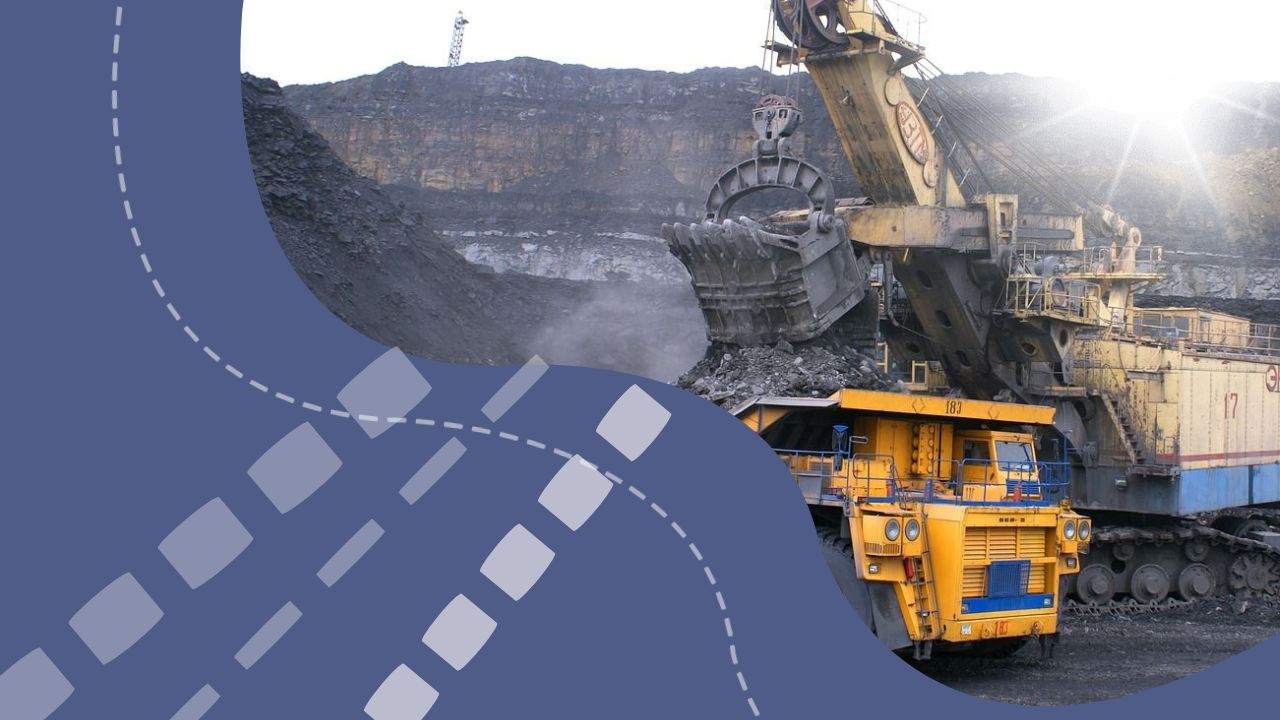The extractive sector in Kazakhstan faced numerous hurdles in 2024, with a mix of progress and setbacks across various industries. While many companies are expected to release full production reports in spring 2025, preliminary data offers insight into the performance and challenges encountered by the nation’s resource sectors.
Mining and Metallurgy
According to Kazakhstan’s National Statistics Bureau (Qazstat), the industrial production index for the extractive industry stood at 99.8% in 2024 compared to the previous year. The decline was mainly attributed to a drop in coal production, despite positive trends in other areas.
Coal Mining
The coal industry in Kazakhstan experienced a decline in production, with a 3.9% decrease in total output, which amounted to 108.46 million tonnes. This was due to reduced extraction of both hard and brown coal. However, despite the drop in volume, the total value of the coal sector increased by 2.9%, reaching 537.79 billion tenge.
The coal industry continues to face challenges such as logistical issues, with disruptions in transportation to Russia and Europe. These challenges are compounded by the growing global shift toward greener energy solutions, putting further pressure on traditional coal industries. In response, the government is focusing on the development of “clean coal” technologies and strengthening cooperation with international partners.
Mining of Non-Ferrous Metals
In terms of non-ferrous metals, Kazakhstan witnessed positive developments, with production of copper and zinc ores growing by 7.4% and 15.9%, respectively. The production of refined copper rose by 11.6%, while zinc output also saw a slight increase. Meanwhile, silver production continued to decline, which is expected to continue due to the diminishing quality of ore.
The mining of iron ore experienced growth, with a 20.2% increase, bringing the total output to 57.21 million tonnes. Notably, production of iron ore pellets also showed positive trends.
Precious Metals
Kazakhstan’s precious metal mining sector remained relatively stable, with gold production seeing a small increase of 0.09% compared to 2023. The country produced 132.32 tonnes of raw and semi-processed gold. Gold extraction is expected to grow in the coming years, with new mining projects in development, including those at Bakhtai, Sarymbet, and Novoleninogorsk.
Despite this, silver mining saw a sharp decline, falling by 18.5% as companies reported decreasing yields. The primary reasons for this downturn are lower ore content and reduced demand for silver.
Challenges for the Extractive Sector
Kazakhstan’s extractive sector faced several key challenges in 2024, many of which stemmed from global trends and domestic issues. While some sectors, such as copper and gold, showed positive growth, others, like coal and silver, faced significant obstacles.
One of the primary concerns for the coal sector was logistical issues caused by trade disruptions with Russia, as well as fluctuating global prices. Additionally, the push for greener energy alternatives has placed pressure on traditional coal industries, creating an uncertain future.
Despite these challenges, the extractive industry remains a vital part of Kazakhstan’s economy, accounting for a significant portion of national revenue. Moving into 2025, the sector is expected to focus on innovation and international collaboration to overcome these obstacles and drive growth across the country’s resource industries.

